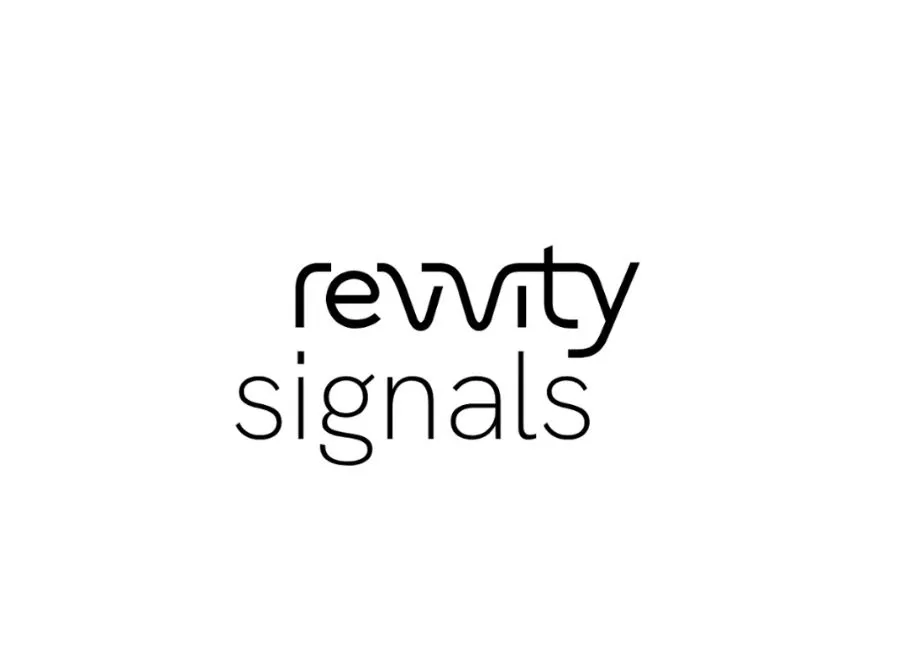How to Scale Rapidly from Lab to Plant
India’s pharma and chemical industries face challenges scaling from lab to plant due to fragmented data and manual processes. Digital tools like Revvity Signals streamline workflows, boost compliance, and accelerate commercialization.
How to Scale Rapidly from Lab to Plant
India’s pharmaceutical and chemical sectors are growing rapidly, but a persistent disconnect between research labs and commercial manufacturing often delays scale-up to full commercialization, and drives up costs. Solving this challenge promises to unlock strategic advantage, cut time-to-market, and boost global competitiveness.
Keen to increase their share of a buoyant global market, Indian pharmaceutical and chemical industries are butting up against the challenges of transferring products from lab to full-scale production. Moving fast is an essential competitive advantage, and yet a continuing disconnect between research laboratories and commercial manufacturing is creating a highly problematic bottleneck. Difficulties in the transfer process, principally caused by the lack of integrated systems, are slowing innovation, putting product quality and compliance at risk, and leading to missed commercial opportunities.
Early research may achieve promising results during the product development stage, as scientists hone formulations, process parameters, and test conditions. However, when scaling up for production, vital information is often inconsistently documented or not structured in an actionable format for manufacturing teams. Limited communication between R&D and product teams, varying data formats, and multiple transfer methods mean data can be misinterpreted or even lost altogether. The disjointed flow of information ultimately results in quality deviations, unpredictable yields, and regulatory hurdles – all of which delay time-to-market.
We can get a glimpse into the extent of the disruption by looking at the Central Drugs Standard Control Organization’s regulatory review of India’s pharmaceutical and chemical industries, which highlights that over 36% of 400 inspected drug manufacturing facilities were ordered to shut down due to non-compliance and quality issues. The high non-compliance rate underscores how lab-scale processes often fail to translate reliably at manufacturing scale, even when validated at R&D level. The review suggests that breakdowns in data flow are preventing critical process knowledge and quality parameters from being effectively transferred or implemented during scale-up.
Bridging the data gap between research and production calls for renewed investment in digital infrastructure and automation, and greater collaboration throughout the product workflow. The aim must be to ensure scientific intent is translated effectively into production, enabling real-world scale-up as rapidly as possible without compromising quality.
Lost in Transcription: The Challenges of Manual Processes
For many pharmaceutical and chemical companies using manual processes, including paper records, spreadsheets, and file-sharing systems, the transfer from lab to manufacturing can create significant challenges. Critical data is often handed over from research teams to production units in the form of hard copies of batch records, control procedures, specifications and tech transfer protocols all filled out by hand. Electronic records, where they are present, are usually a mass of unstructured data, with valuable information siloed in network file shares and applications.
Writing in The Chemical Engineer in 2024, compliance and information technology expert David Margetts noted that in 2023, during an assessment of a mid-sized pharmaceutical site, they found that each batch of medicine required over 5,000 manual paper entries, along with the use of more than 1,500 separate spreadsheets to track manufacturing data. Reliance on such manual record-keeping can result in inconsistent and subjective data entry, introducing risk of human error if left unchecked, these errors can propagate throughout development and scale-up activities. Margetts emphasized that this issue is not unique to India but is commonly seen across traditional paper-based R&D organizations globally.
With manual processes, critical information may be lost, misinterpreted or tampered with, compromising data integrity. Additionally, experimental adjustments and crucial protocol iterations made during the R&D process are often poorly documented or not recorded at all, making it difficult for production teams to understand the rationale behind specific process decisions. If research decisions are not documented in a traceable, structured format, the production team may be unable to replicate outcomes reliably at the commercial scale, resulting in delays, quality variations, and increased regulatory risk.
Connecting Process Insights from Lab to Plant
In an environment where precision and compliance are paramount, improving traceability, implementing rigorous documentation practices, and fostering stronger collaboration between R&D and manufacturing teams are all essential steps toward efficient, scalable innovation.
To support smoother handovers between R&D and manufacturing, many companies are looking to digital solutions such as lab information management systems (LIMS) and electronic lab notebooks (ELNs). Software solutions can capture real-time data without manual input, use automation to generate consistent documentation of process changes, and create audit trails in standardized formats that enable rapid, accurate scale-up to production.
Revvity Signals offers a comprehensive suite of solutions designed to streamline and standardize data management across the pharmaceutical and chemical product development lifecycle. Data can be captured, organized and curated to enable multiple users to document, search, and share process parameters, and to collaborate on experimental protocols and outcomes, from early-stage development through to scale-up and production.
Effective data management is essential for efficient collaboration between cross-functional teams at chemical and pharmaceutical enterprises, and to help these companies to comply with global regulatory standards. Real-time access to data, standardized documentation, and integrated workflows play critical roles in effective cross-functional communication, and Signals One from Revvity Signals offers the key capabilities to help the drive to commercial success.
For example, Signals One provides a flexible, integrated workflow, helping to ensure reliable, consistent ways of working, including a comprehensive library of templates. While templates ensure consistent data capture, the platform provides the flexibility to adapt to specific user environments.Similarly, Signals One helps to capture formulations, compositions, with material inventory, analytical instruments and manufacturing equipment details, experimental records, and much more – all while enabling users to monitor trends, compare experimental results, and identify opportunities for optimization. In addition, built-in analytics and visualization tools enhance decision-making, by making complex data accessible and actionable.
Over the longer term, moving to a digital solution enables a searchable, centralized data inventory, which supports long-term knowledge retention and simplifies retrieval for future projects and regulatory reviews. With Signals One, the data repository includes security features such as version control, access control, audit trails and more, helping to support regulatory processes.
By promoting a structured, standardized digital workflow, Signals One eliminates manual data handovers and greatly improves collaboration between R&D and manufacturing – ultimately reducingthe all-important time-to-market.
Transforming Entire Industries with Data
Digital solutions are driving real-world impacts across chemical and pharmaceutical R&D and production environments by significantly improving process reproducibility. ELNs and connected data solutions will ensure that vital information is consistently documented and easily accessible, helping to reduce variability, support compliance, and enable successful scale-ups.
Signals One from Revvity Signals is an all-in-one solution designed to strengthen alignment between formulation and production teams, enabling better decision making and improving operationalefficiency. As a result, development cycles are reduced, production consistency is enhanced, and organizations can bring high-quality products to market with greater speed and confidence.
Embracing the Digital Future
Digitizing the lab-to-plant transition is set to play a defining role in the future of India’s chemical and pharmaceutical industries. To compete in the global marketplace, the ability to ensure seamless data flow, consistent processes, and rapid scalability will be essential.
Companies that invest in the right digital tools today will gain a durable competitive advantage in the years ahead: one built on innovation, quality, and speed.









